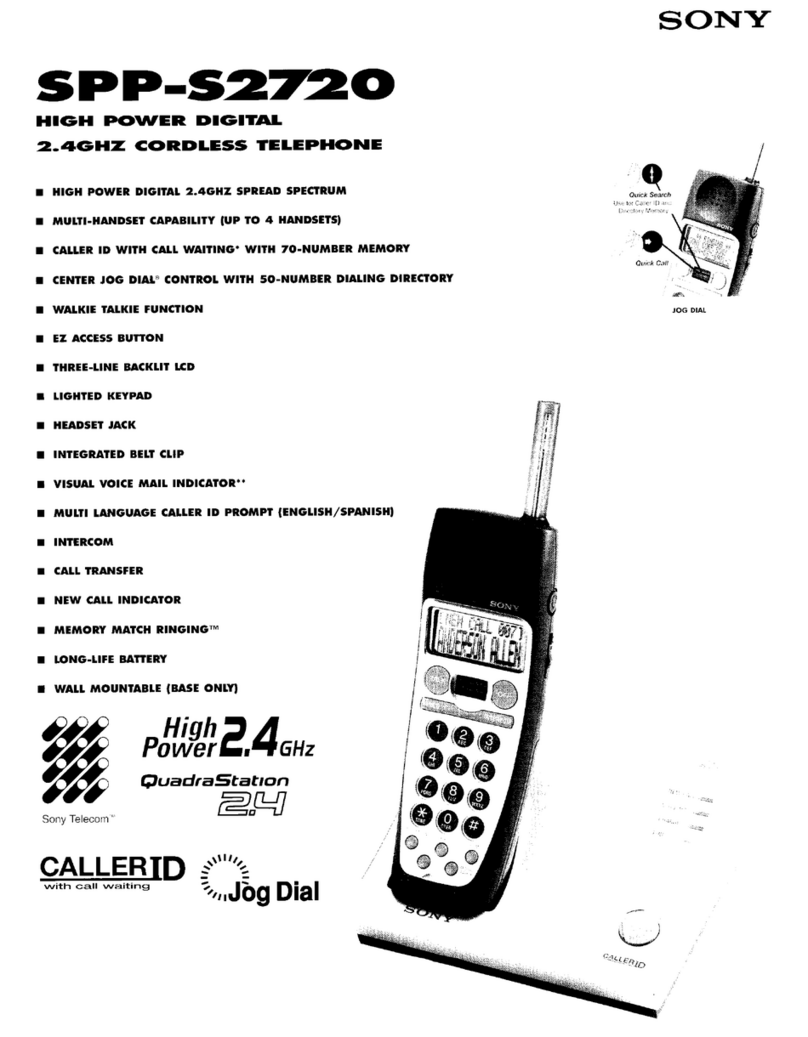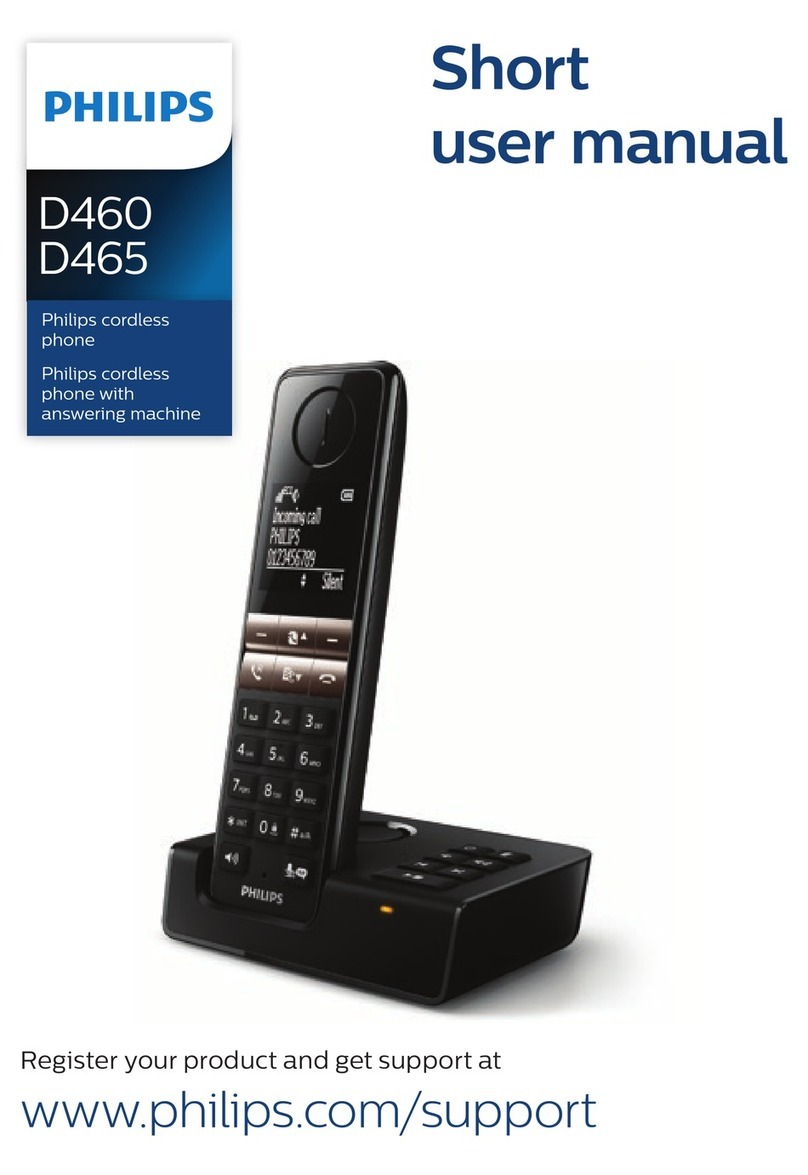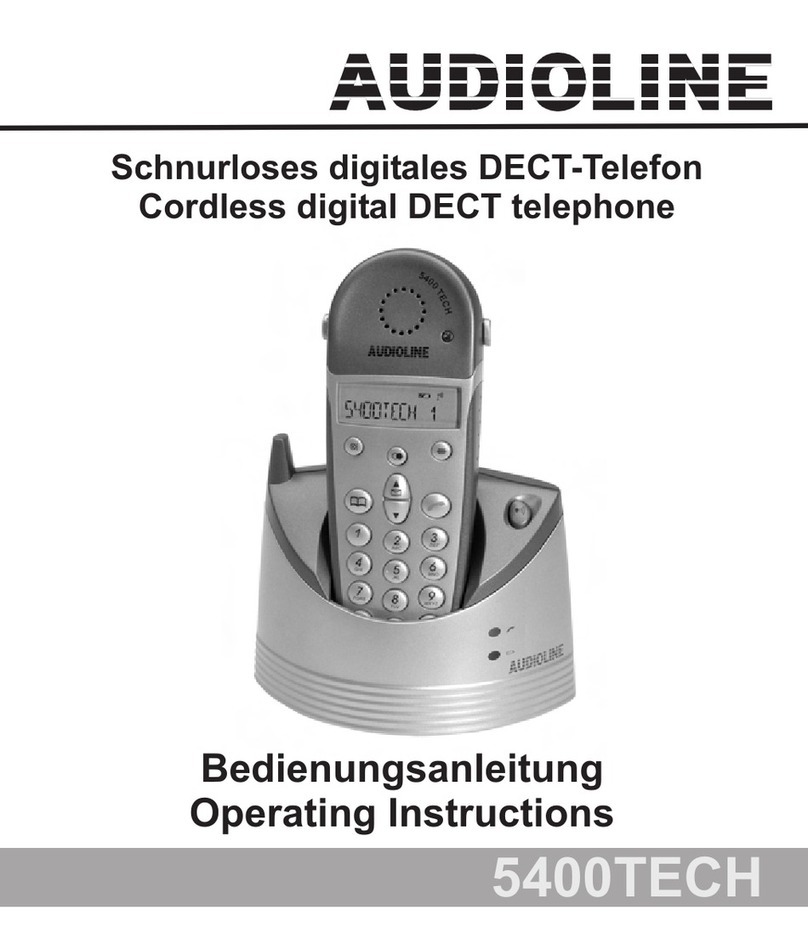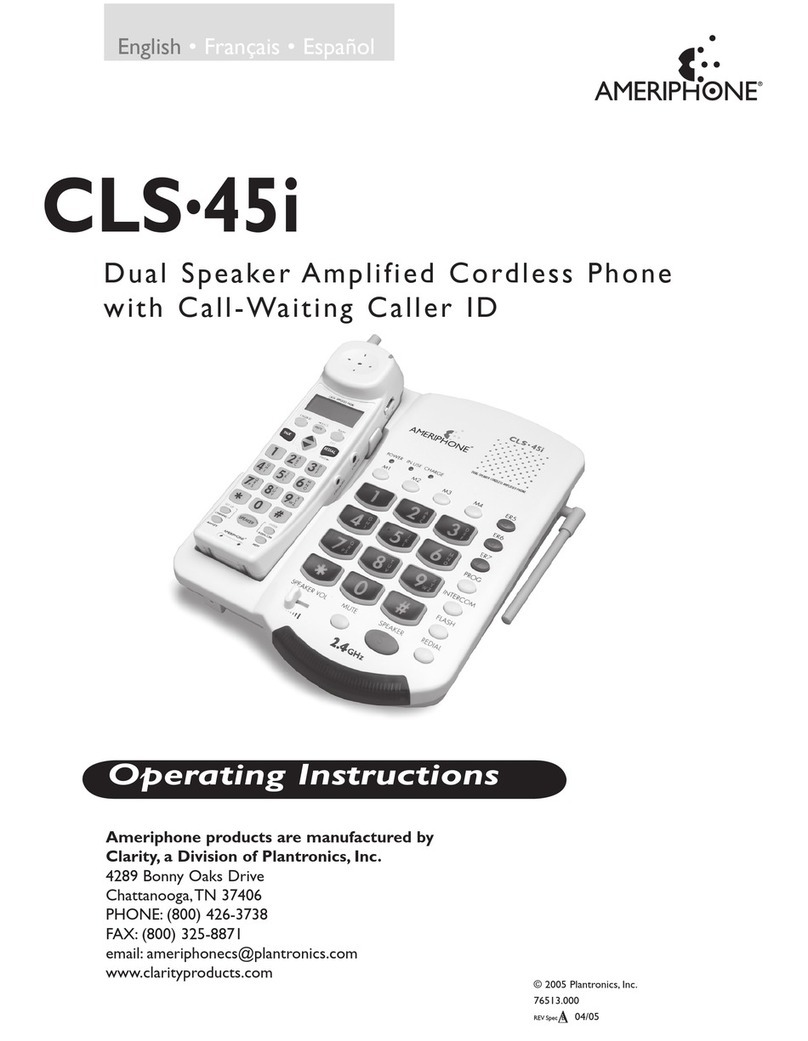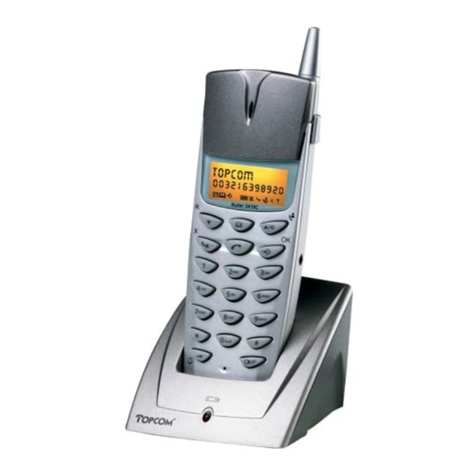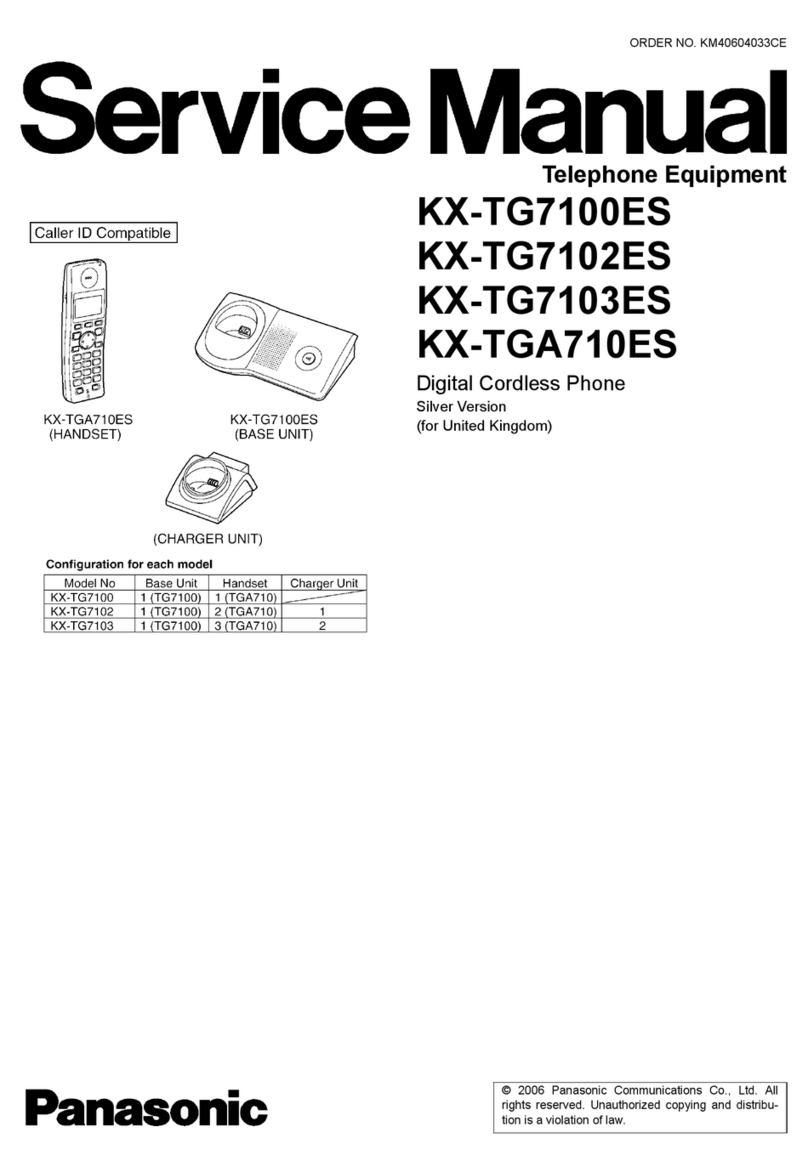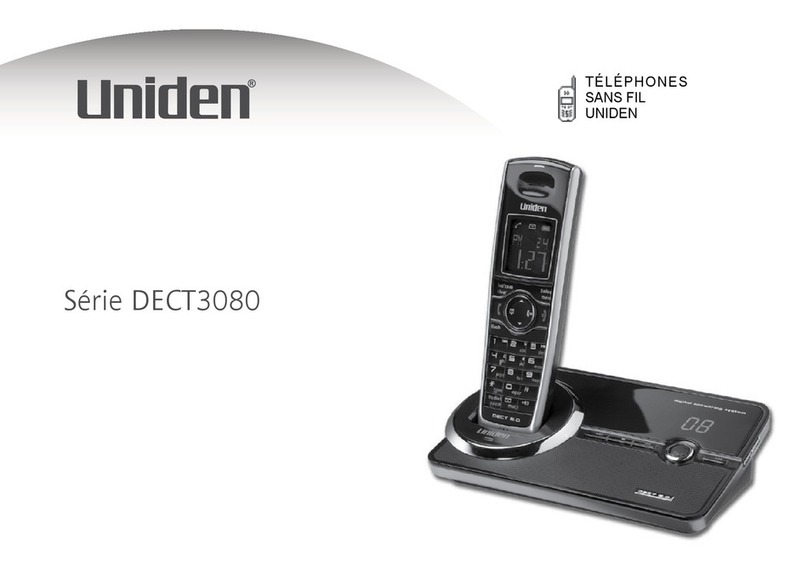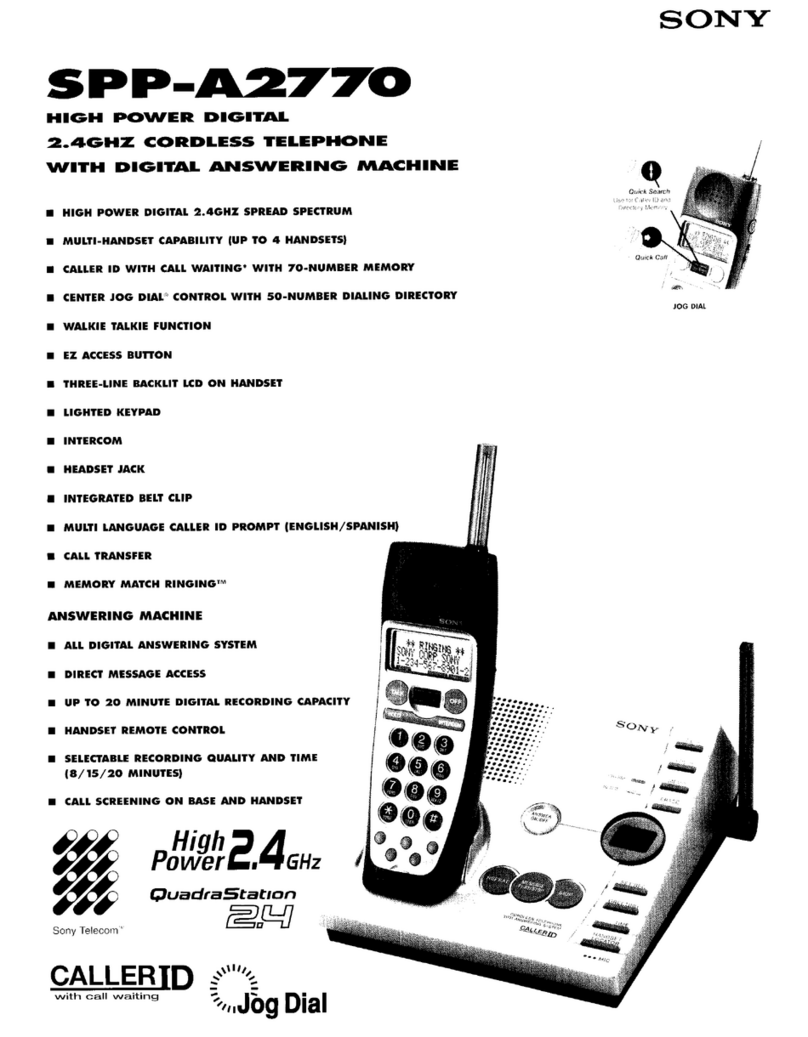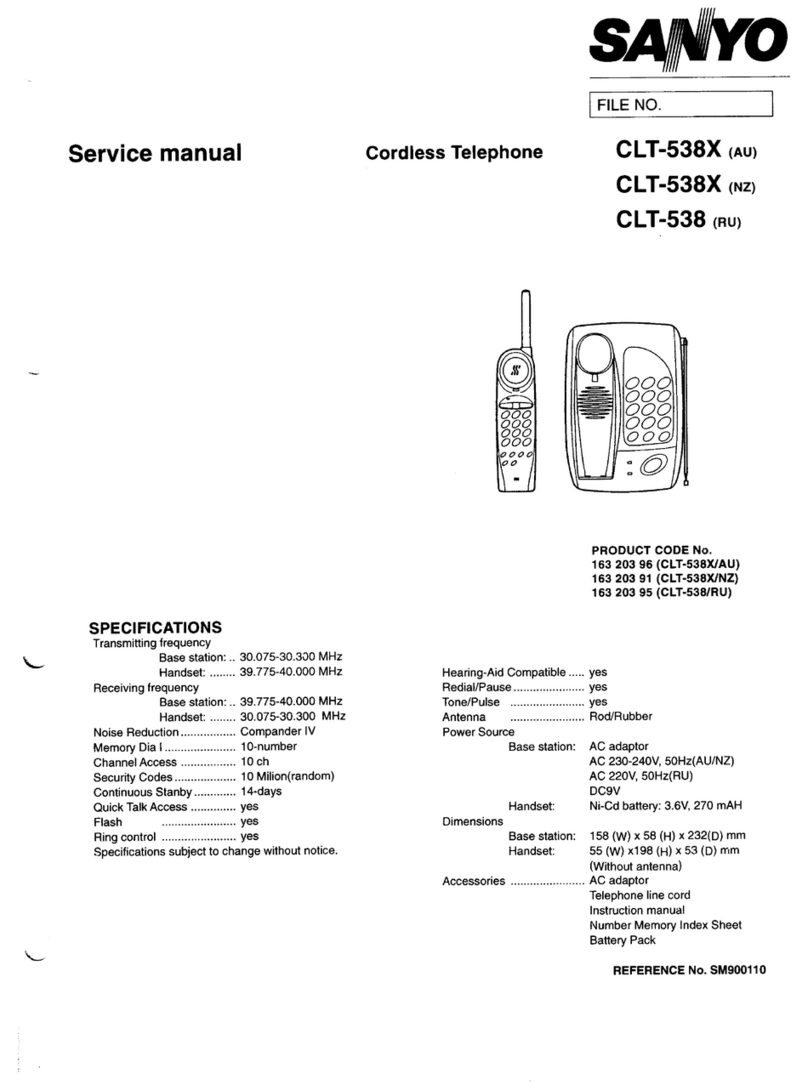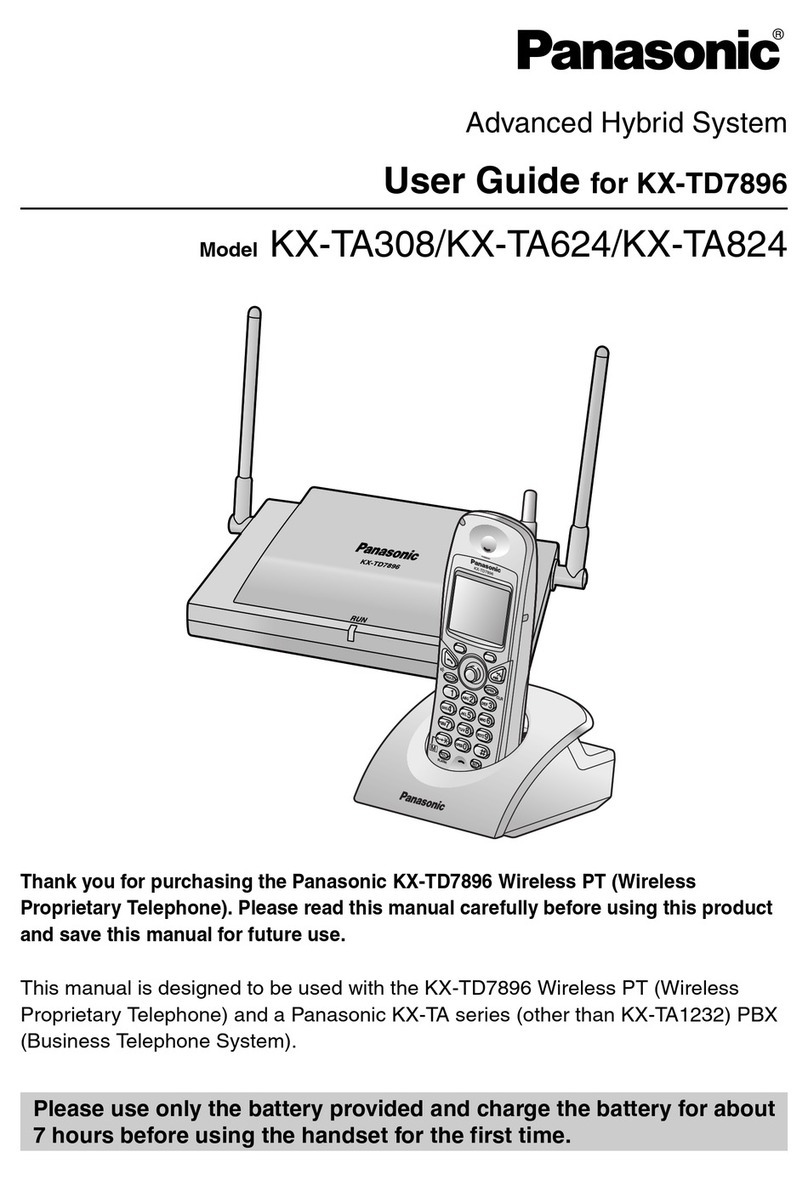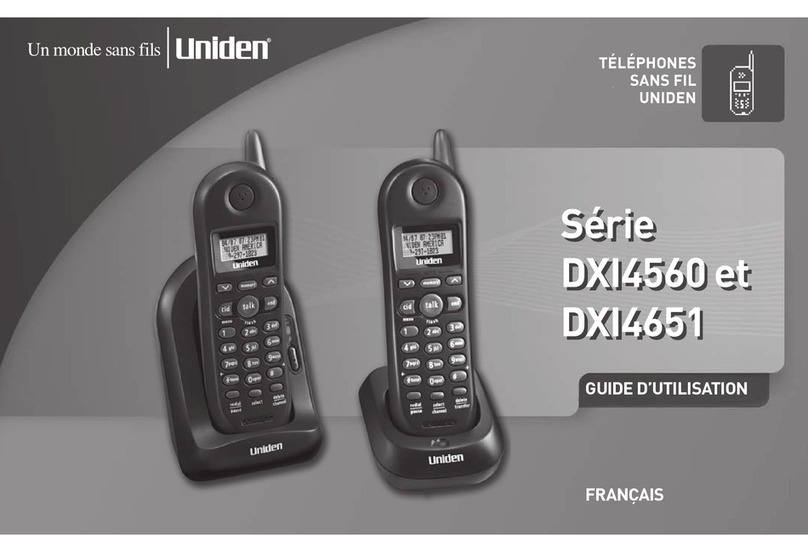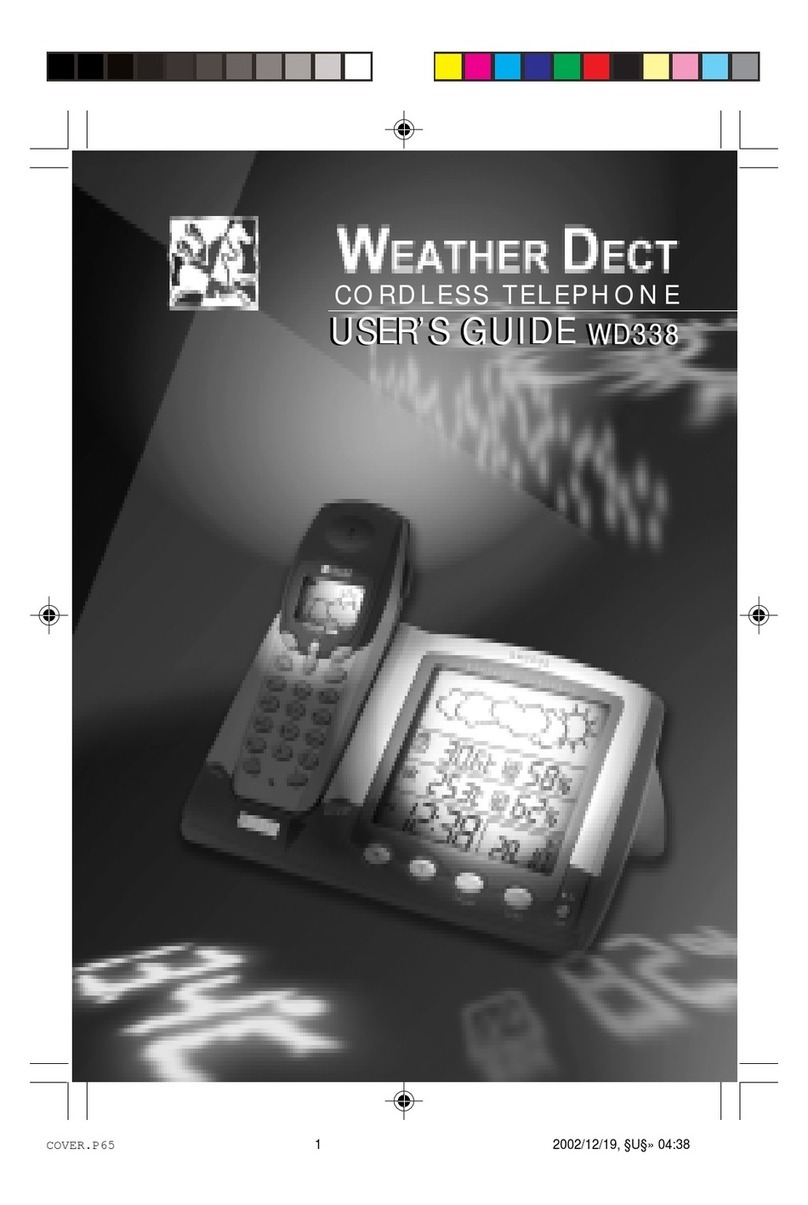Audiophony PA GO Series User manual

USER GUIDE
H9988 / H9989 / H9990 / H9991 / H9992 / H9374 / H11029 / H11030 / H11031
Version 2 / 01-2020
GO series microphones - Lavalier, headband or handheld UHF systems
PWR AF A DIVERSITY B

Page 2
GO series microphones - Lavalier, headband or handheld UHF systems
English
1 - Please read carefully :
We strongly recommend to read carefully and understand the safety instructions before
attempting to operate this unit.
2 - Please keep this manual :
We strongly recommend to keep this manual with the unit for future reference.
3 - Operate carefully this product :
We strongly recommend to take into consideration every safety instruction.
4 - Follow the instructions:
Please carefully follow each safety instruction to avoid any physical harm or property
damage.
5 - Avoid water and wet locations :
Do not use this product in rain, or near washbasins or other wet locations.
6 - Installation :
We strongly encourage you to only use a fixation system or support recommended
by the manufacturer or supplied with this product. Carefully follow the installation
instructions and use the adequate tools.
Always ensure this unit is firmly fixed to avoid vibration and slipping while operating
as it may result in physical injury.
7 - Ceiling or wall installation :
Please contact your local dealer before attempting any ceiling or wall installation.
8 - Ventilation :
The cooling vents ensure a safe use of this product, and avoid any overheating risk.
Do not obstruct or cover these vents as it may result in overheating and potential
physical injury or product damage. This product should never been operated in a
closed non-ventilated area such as a flight case or a rack, unless cooling vents are
provided for the purpose .
9 - Heat exposure :
Sustained contact or proximity with warm surfaces may cause overheating and product
damages. Please keep this product away from any heat source such as a heaters,
amplifiers, hot plates, etc...
Sound levels
Our audio solutions deliver important sound pressure levels
(SPL) that can be harmful to human health when exposed
during long periods. Please do not stay in close proximity of
operating speakers.
WARNING
1 - Safety information
Important safety information
Symbols used
Any maintenance procedure must be performed by a CONTEST
authorised technical service. Basic cleaning operations must tho-
roughly follow our safety instructions.
This product contains non-isolated electrical components. Do not
undertake any maintenance operation when it is switched on as
it may result in electric shock.
This unit is intended for indoor use only. Do not use it in a wet,
or extremely cold/hot locations. Failure to follow these safety ins-
tructions could result in fire, electric shock, injury, or damage to
this product or other property.
WARNING :
This unit contains no user-serviceable parts. Do not open the housing or attempt
any maintenance by yourself. In the unlikely even your unit may require service, please contact your
nearest dealer.
In order to avoid any electrical malfunction, please do not use any multi-socket, power cord extension
or connecting system without making sure they are
perfectly isolated and present no defect.
10 - Electric power supply :
This product can only be operated according to a very specific voltage. These
information are specified on the label located at the rear of the product.
11 - Power cords protection:
Power-supply cords should be routed so that they are not likely to be walked on or
pinched by items placed upon or against them, paying particular attention to cords at
lugs, convenience receptacles and the point where they exit from the fixture.
12 - Cleaning precautions :
Unplug the product before attempting any cleaning operation. This product should be
cleaned only with accessories recommended by the manufacturer. Use a damp cloth
to clean the surface. Do not wash this product.
13 - Long periods of non use :
Disconnect the unit’s main power during long periods of non use.
14 - Liquids or objects penetration :
Do not let any object penetrate this product as it may result in electric shock or fire.
Never spill any liquid on this product as it may infiltrate the electronic components
and result in electric shock or fire.
15 - This product should be serviced when :
Please contact the qualified service personnel if :
- The power cord or the plug has been damaged.
- Objects have fallen or liquid has been spilled into the appliance.
- The appliance has been exposed to rain or water.
- The product does not appear to operate normally.
- The product has been damaged.
16 - Inspection/maintenance :
Please do not attempt any inspection or maintenance by yourself. Refer all servicing
to qualified personnel.
17 - Operating environment :
Ambient temperature and humidity: +5 - +35°C, relative humidity must be less than
85% (when cooling vents are not obstructed).
Do not operate this product in a non-ventilated, very humid or warm place.
Recycling your device
• As HITMUSIC is really involved in the environmental
cause, we only commercialise clean, ROHS compliant
products.
• When this product reaches its end of life, take it to
a collection point designated by local authorities. The
separate collection and recycling of your product at the
time of disposal will help conserve natural resources
and ensure that it is recycled in a manner that protects
human health and the environment.
This symbol signals an important safety precaution.
IMPORTANT
The CAUTION symbol signals a risk of product deterioration.
CAUTION
The WARNING symbol signals a risk to the user’s physical integrity.
The product may also be damaged.
WARNING
Instructions and recommendations

Page 3
GO series microphones - Lavalier, headband or handheld UHF systems English
PWR AF A DIVERSITY B
123 44
AUDIO OUTPUT
UNBALANCED
BALANCED
LINE MIC
1
5
9
13
CHANNEL SQ
DC INPUT
12V 500mA
56789 10
UHF system with 16 frequencies and up to 4 microphones simultaneously, depending on the configuration
and the conditions of your performance.
This user guide will provide useful information and details about the whole GO series and its components.
- Carrier frequency:
• GO F8 series: UHF 823~832MHz/863~865MHz
• GO F5 series: UHF 514~542MHz
- 16 preset UHF frequencies to easily select a
frequency and use several systems simulta-
neously.
- The diversity technology and adjustable squelch
guarantee high-quality transmissions, without
parasitic noises.
[1] Antenna
[2] Power LED
[3] Audio signal LED
[4] Channels A and B LEDs
2.1 - GoMono code H9988 (F8 series) et H11029 (F5 series)
Receiver box
- The AF indicator indicates the audio signal
status.
- The output level is adjusted to avoid any signal
saturation.
- The antennas are located at the front so you can
easily put it into racks.
- The outgoing signal is available with the balanced
XLR chassis or the unbalanced Jack 6.35 chassis
to fit your needs.
- Compliant with the FCC, CE and RoHS norms.
[5] Balanced XLR output
[6] Unbalanced Jack 6.35 output
[7] Output selector
[8] Channel selector
[9] Squelch knob
[10] DC Input
2 - Presentation of the GO series

Page 4
GO series microphones - Lavalier, headband or handheld UHF systems
English
1
5
6
3
4
2
7
1
5
9
13
CHANNEL
Note : Turning the microphone off when the receiver is still activated might create audible noise interference.
2.2 - GOHand code H9989 (F8 series) and H11030 (F5 series)
Handheld microphone
[1] Protection grille.
[2] Battery level LED indicator. This LED lights up
when the microphone is activated, flashes when
the battery level is too low, and do not light up if
the batteries are empty or not properly installed.
[3] ON/OFF button: Press and hold for 2 seconds to
activate/deactivate the microphone.
[4] Battery compartment.
[5] Channel selector: Allows you to choose the
transmission channel, depending on the channel
used by the receiver.
[6] Battery compartment panel.
[7] Helical antenna compartment.
2.3 - GOBody code H9990 (F8 series) and H11031 (F5 series)
Bodypack transmitter with mini-XLR input
1
5
9
13
CHANNEL
3 1 2
4
7
5
6
8

Page 5
GO series microphones - Lavalier, headband or handheld UHF systems English
[1] ON/OFF button: Press and hold for 2 seconds to
activate/deactivate the transmitter.
[2] Male mini-XLR socket
[3] Battery level LED indicator. This LED lights up
when the microphone is activated, flashes when
the battery level is too low, and do not light up if
the batteries are empty or not properly installed
[4] Antenna
[5] Channel selector. Allows you to choose the
transmission channel, depending on the channel
used by the receiver.
[6] Gain control knob.
[7] Output selector. Allows you to connect either an
electret microphone or a line level device (such
as CD players).
[8] Battery compartment.
2.5 - GOHead code H9991
Headband condenser microphone
2.4 - GOLava code H9992
Lavalier microphone with condenser cell
[1] Condenser microphone
[2] Tie clip
[3] Female mini-XLR socket
[1] Adjustable metal headband
[2] Condenser microphone with windshield
[3] Female mini-XLR socket
1
2
3

Page 6
GO series microphones - Lavalier, headband or handheld UHF systems
English
3.1 - Connecting the receiver
3 - Installation
AC/DC
ADAPTER
AUDIO OUTPUT
UNBALANCED
BALANCED
LINE MIC
1
5
9
13
CHANNEL SQ
DC INPUT
12V 500mA
- Connect the supplied AC adapter to
an electrical outlet, and to the DC
12V socket located at the rear of the
GOMono receiver.
AC ADAPTER
BALANCED OR
UNBALANCED CABLE
MIXING DESK
AMPLIFIER SPEAKER
AUDIO OUTPUT
UNBALANCED
BALANCED
LINE MIC
1
5
9
13
CHANNEL SQ
DC INPUT
12V 500mA
- Connect the audio output to your
mixing desk with either a balanced
XLR cable or unbalanced Jack 6.35.
- Do not use both the unbalanced and
balanced outputs simultaneously
as it might cause signal losses and
increases parasitic noises.
- In order to preserve a good sound
quality and prevent distortions, you
can adjust the volume by following the
instructions below:
- If you are using a microphone input of
your mixing desk or amplifier, turn the
volume to half power (approximately),
the balanced and unbalanced outputs
level will then be close to 77 mV.
- If you are using a line level input of
your mixing desk or amplifier, turn the
volume to 3/4 of the maximum power,
the unbalanced and balanced outputs
will then be close to 770 mV.
AUDIO OUTPUT
UNBALANCED
BALANCED
LINE MIC
1
5
9
13
CHANNEL SQ
DC INPUT
12V 500mA
LINE MIC
- Adjust the output level to the input
level used by the mixing desk.
- MIC level: - 20dBm
- LINE level: 0 dB

Page 7
GO series microphones - Lavalier, headband or handheld UHF systems English
- Open the battery compartment and
insert two LR6 or AA batteries. Please
respect the polarity as described
opposite.
- Unscrew the battery compartment
panel and insert two LR6 or AA
batteries. Please respect the polarity
as described opposite.
- Connect the mini XLR plug of your
microphone to the input of the
transmitter box.
- Press and hold the Power button for 2
seconds to activate the device.
Note : During long periods of non-use, please turn off the microphone and transmitter and remove the
batteries.
3.2 - Commissioning GOBody et GOHand transmitter

Page 8
GO series microphones - Lavalier, headband or handheld UHF systems
English
- This LED flashes to indicate the
batteries are almost empty and need
to be replaced or charged.
- Use the MIC/LINE located at the rear
of the transmitter box to adjust its
input level.
- Place it on MIC if you are using a
condenser microphone such as a
GOLava or GOHead.
- Place it on LINE if you want to
connect a line level device such as CD
players.
- Acquiring two GOMono allows you to
couple them into a 19" rack.
- Each receiver is supplied with screws.
- The optional coupler allows you to
bind two receivers together.
3.3 - Battery charge level indicator
3.4 - Using the output selector
3.5 - Using the 19" coupler (optional: FREE-RACK Code H9374)

Page 9
GO series microphones - Lavalier, headband or handheld UHF systems English
3.6 - Configuring channels
3.7 - Available frequencies
Use the faders located on your transmitter and receiver to select the carrier frequency of your
UHF system.
Your transmitter and receiver must be set on the same channel.
In order to use several mic simultaneously, choose frequencies as far apart as possible.
For instance for F8 series:
For mic no. 1 on channel 1 (823.175 MHz)
For mic no. 2 on channel 6 (827.375 MHz)
For mic no. 3 on channel 13 (863.275 MHz)
For mic no. 4 on channel 16 (864.725 MHz)
This frequency range allows the use of 4 microphone simultaneously, at full volume, in the best
environment possible.
However, the signal reception depends on surrounding disturbances that might impact on the
performances.
F8 GO series
Canal 1 823.175 MHz
Canal 2 823.875 MHz
Canal 3 824.825 MHz
Canal 4 825.425 MHz
Canal 5 826.225 MHz
Canal 6 827.375 MHz
Canal 7 828.225 MHz
Canal 8 828.725 MHz
Canal 9 829.500 MHz
Canal 10 830.575 MHz
Canal 11 831.375 MHz
Canal 12 831.825 MHz
Canal 13 863.275 MHz
Canal 14 863.675 MHz
Canal 15 864.325 MHz
Canal 16 864.725 MHz
F5 GO series
Canal 1 514.000 MHz
Canal 2 515.500 MHz
Canal 3 517.000 MHz
Canal 4 518.750 MHz
Canal 5 520.500 MHz
Canal 6 522,250 MHz
Canal 7 524.000 MHz
Canal 8 525.750 MHz
Canal 9 526,750 MHz
Canal 10 529.000 MHz
Canal 11 531.500 MHz
Canal 12 533.750 MHz
Canal 13 534.750 MHz
Canal 14 537.000 MHz
Canal 15 539.500 MHz
Canal 16 541.750 MHz

Page 10
GO series microphones - Lavalier, headband or handheld UHF systems
English
4 - Troubleshooting
No sound:
- Check on the power supply units.
- Check on the frequency channels - It must be the same channel on both the transmitter and
receiver.
- Check on the connectors between the receiver and the amplification system.
- Check on the transmitter/receiver distance and Squelch settings.
- Make sure the receiver is not hidden by a metallic surface.
- Check on the batteries.
Poor sound quality or interference:
- Check on the position of the antennas.
- Make sure each transmitter is on a different frequency.
- Make sure interferences are not caused by other devices such as televisions, radios, etc.
- Check on the volume of the receiver.
- Check on the batteries.
- Adjust the input gain of your mixing desk channel.
Watch out for audio feedbacks
Avoid high gain levels on your mixing desk or high volume on your receiver.
Maintain a reasonable distance from the speakers.
The feedback may cause severe damage to your hearing and sound system.

Page 11
GO series microphones - Lavalier, headband or handheld UHF systems English
GOMono receiver
• Carrier frequency: UHF 823~832MHz/863~865 MHz and 514~542MHz
• Housing: Compact
• Oscillator: PLL synthesiser
• Reception: Diversity Mono channel
• Frequency stability: ±0.005%
• Reception sensitivity: at 10 µV beyond 80dB S/N ratio
• Minimum rejection rate: 80 dB
• Selectivity : higher than 50 dB
• Modulation: FM
• Dynamic range: >100dB
• Tone Signal: 32.768KHz
• Signal to noise ratio: higher than 94dB, at 20KHz deviation and 60dBuV antenna input
level
• Frequency response: 80HZ at 16KHz
• Distortion rate: lower than 1% (@ 1KHz)
• Frequency settings: via faders
• Power supply: DC 12V
• Audio output: Balanced and unbalanced
• Power consumption: 130 mA max.
• Dimensions L x H x D : 170 x 32 x 106 mm
GOHand microphone
• Carrier frequency: UHF : UHF 823~832MHz/863~865 MHz and 514~542MHz
• Maximum output level: 10mW max. (F8 series) / 35mW max. (F5 series)
• Oscillator : PLL synthesiser with 16 selectable channels
• Type: Handheld microphone
• Frequency stability: ± 0.005%
• Max deviation: ± 20KHz
• Distortion rate: lower than 1.0% (@ 1KHz)
• Unwanted emissions: lower than 60 dB below the carrier frequency
• Power supply:
- 3V DC (2 x 1.5V AA batteries)
- 2.4V DC (2 x1.2V AA rechargeable batteries)
• Tone Key: 32,768KHz
• Unidirectional condenser microphone
• Consommation : 120mA ± 10mA
• Dimensions (L x D) : 237 x 58 mm
4 - Technical specifications

Page 12
GO series microphones - Lavalier, headband or handheld UHF systems
English
GOBody transmitter
• Frequency range: UHF 823~832MHz/863~865 MHz and 514~542MHz
• Maximum output level: 10mW max. (F8 series) / 35mW max. (F5 series)
• Oscillator: PLL synthesiser
• Frequency stability: ± 0,005%
• Maximum deviation: ±20KHz
• Unwanted emissions: higher than 60 dB below the carrier frequency
• T.H.D. : <1% (@1KHz)
• Batteries
- 3V DC (2 x 1.5V AA batteries)
- 2.4V DC (2 x 1.2V AA rechargeable batteries)
• Tone Key: 32,768KHz
• Frequency settings: via faders
• Power consumption: 120mA ± 10mA
• Dimensions: 65 x 100 x 27 mm
GOHead microphone
• Type: Condenser capsule
• Sensitivity: -67 ±3dB
• Impedance: 2.2 K Ohms
• Directivity: Cardioid unidirectional
• Frequency response: 100Hz - 16KHz
• Maximum operating voltage: 10V
• Normal voltage range: 1.5V
• Power consumption: 0,5mA max.
• Signal to noise ratio: Higher than 60dB
• Supplied accessory: Windshield
• Connector: Mini XLR
GOLava microphone
• Type: Condenser cell
• Sensitivity: -67 ±3dB
• Impedance: 2.2 k Ohms
• Directivity: Cardioid unidirectional
• Frequency response: 100Hz - 16KHz
• Maximum operating voltage: 10V
• Normal voltage range: 1.5V
• Power consumption: 0,5mA max.
• Signal to noise ratio: Higher than 60dB
• Supplied accessories: Windshield and tie-clip
• Connector: Mini XLR

Page 13
GO series microphones - Lavalier, headband or handheld UHF systems English
EC DECLARATION OF CONFORMITY
We, HIT-MUSIC SAS,
Address: Parc d’Activités CAHORS SUD - 46230 FONTANES - France
Declare under our sole responsibility that the Audiophony UHF wireless transmitter and
receiver microphones:
GO-Mono (H9988 et H11029)/ GO-Hand (H9989 et H11030) / GO-Body (H9990 et H11031)
Are in conformity with the Council Directives:
- 2011/65/UE ROHS
- 2014/53/EU RED
- 2014/35/EU LVD
- 2014/30/EU EMC
And are in conformity with the following standards or normative documents :
- EN 300 422-2 V1.2.2 (2008-03)
- EN 301 489-1 V1.8.1 (2008-04)
- EN 301 489-9 V1.4.1 (2007-11)
- EN 60065 :2002+A1 : 2006 + A11 :2008+A2 :2010
Additional information: None
At Cahors, 12th of February, 2020
www.audiophony.com

Page 14
GO series microphones - Lavalier, headband or handheld UHF systems
English
470 MHz
Réserved
Réserved
694 MHz
703 MHz
733 MHz
758 MHz
823 MHz
832 MHz
863 MHz
865 MHz
MICROS
MICROS
MICROS
4G 4G 4G
21 22 23 24 25 26 27 28 29 30
474
482
490
498
506
514
522
530
538
546
31
554
32
562
33
570
34
578
35
586
36
594
37
602
38
610
39
618
40
626
41
634
42
642
43
650
44
658
45
666
46
674
47
682
48
690
49
698
50
706
51
714
52
722
53
730
54
738
55
746
56
754
57
762
58
770
59
778
60
786
61
794
62
802
63
810
64
818
65
826
66
834
67
842
68
850
69
858
CHANNELS
FREQUENCIES
(MHz)
GO
SERIES
DTT
CHANNELS
AVAILABLE
FREQUENCIES
514 542
F5 F8 F8
9 - New UHF frequency plan
The authorised frequency bands can thus be used "freely"
by PMSE equipment, i.e. without the need for prior individual
authorisation, but subject to compliance with the technical
parameters laid down.
In these circumstances, users of ancillary sound programme
design and broadcasting equipment shall not be subject to
the payment of fees. However, they must not interfere with
other uses of frequencies, and are not protected against
interference.
Please check your local services authorised to be sure that
you can use the frequencies range of your system.

Because AUDIOPHONY®takes the utmost care in its products to make sure you only get the best possible quality, our products are
subjects to modifications without prior notice. That is why technical specifications and the products physical configuration might differ
from the illustrations.
Make sure you get the latest news and updates about the AUDIOPHONY®products on www.audiophony.com
AUDIOPHONY®is a trademark of HITMUSIC S.A.S - Zone Cahors sud - 46230 FONTANES - FRANCE
This manual suits for next models
19
Table of contents

